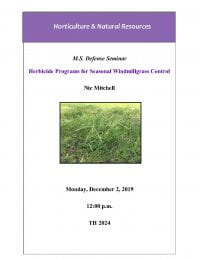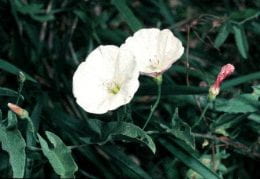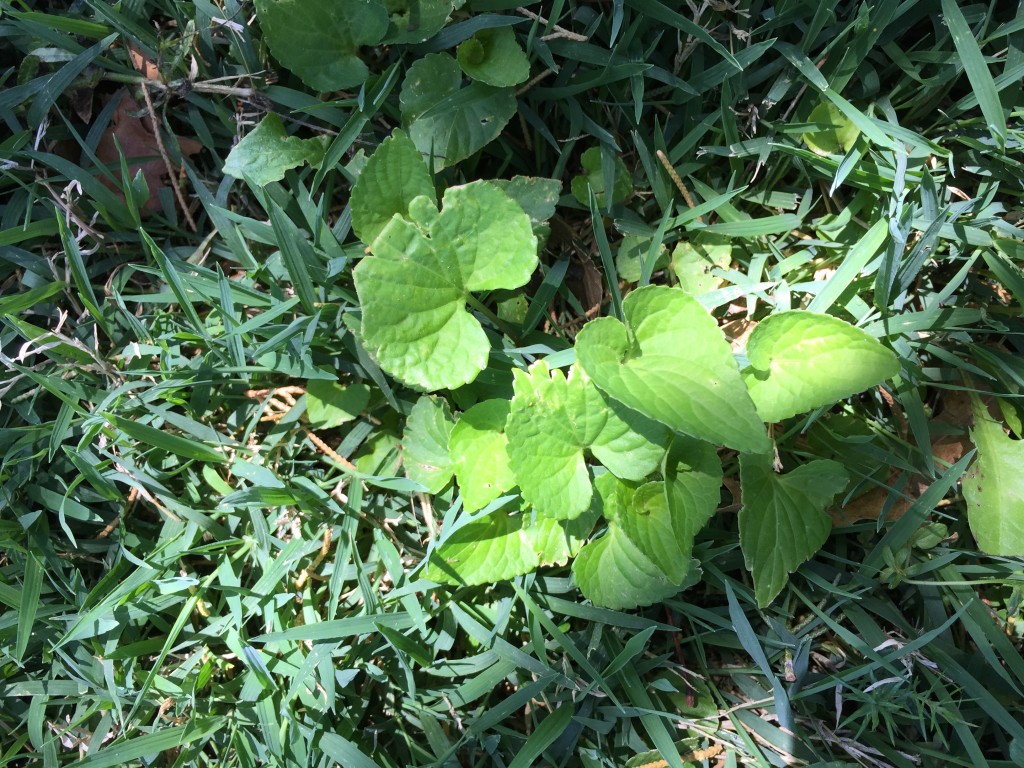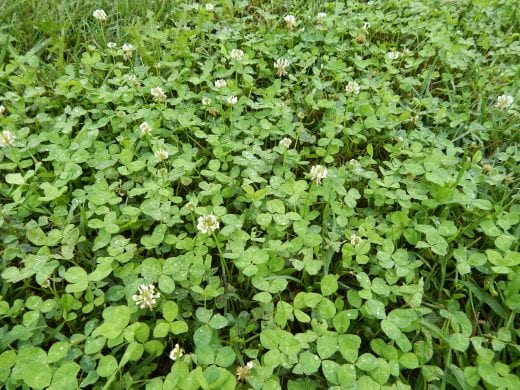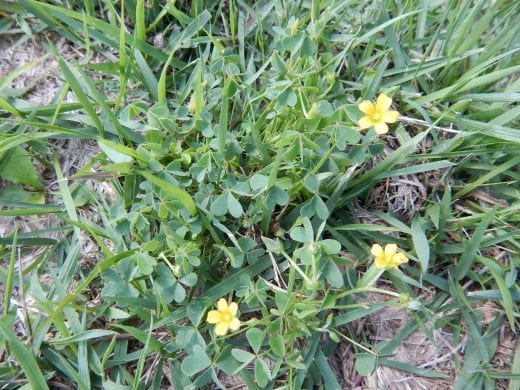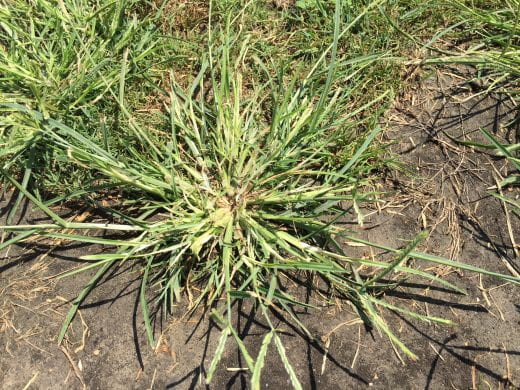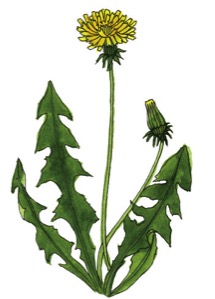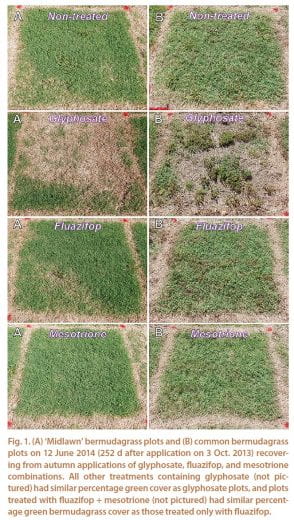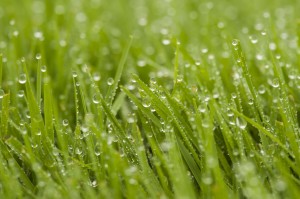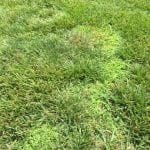By Brooke Garcia
 Meet Nic Mitchell!
Meet Nic Mitchell!
Mitchell is currently enrolled at Kansas State University pursing his Master’s degree in Horticulture, with an emphasis in Turfgrass Science and Weed Science. His undergraduate degree is from University of Nebraska-Lincoln in Turfgrass and Landscape Management.
So we asked him….why Turfgrass?
Mitchell highlighted his love for turfgrass began around the time when his parents let him mow the lawn. He grew up on a nine-hole golf course in Aurora, Nebraska, and he became interested in the various mowers and different heights of cut.
Mitchell also shared his passion for playing golf. He had the opportunity to work several summers at his hometown golf course, where his interest in turfgrass continued to grow. Throughout his college studies, he eventually changed majors to pursue Turfgrass Management. This opened the doors to a variety of unique learning opportunities, including an internship in Jackson, Wyoming and a marketing internship with WinField United. These experiences helped Mitchell realize that he wanted to work in the turfgrass industry.
Dr. Jared Hoyle presented Mitchell with the opportunity to attend Kansas State University to work towards his M.S. Mitchell says that he has had a wonderful experience, and he is forever grateful for the opportunity to be apart of the K-State family.
Let’t talk research.
Mitchell’s research is focused around Herbicide Programs for Seasonal Windmillgrass Control. Here is what Mitchell has to say about his research:
 “Windmillgrass (Chloris verticillata Nutt.) is a problematic perennial grassy weed commonly found in the mid-west. Currently, there are the only two labeled chemical control options in turfgrass. Tenacity (mesotrione) is labeled for two applications for control while Pylex (topramezone) is labeled for a single application for control. We conducted research to determine if a single application of a common selective perennial grass herbicides would completely control windmillgrass, and to their efficacy when applied at spring, summer, and fall application timings. The next research study that we conducted was to explore the addition of triclopyr to mesotrione, topramezone, and fenoxaprop as well as triclopyr alone. Sequential applications of these herbicides and herbicide combinations were also applied. The last research trial we conducted was to determine the effects of windmillgrass response to glyphosate at different rates with fall applications similar to common recommended perennial weed control options.”
“Windmillgrass (Chloris verticillata Nutt.) is a problematic perennial grassy weed commonly found in the mid-west. Currently, there are the only two labeled chemical control options in turfgrass. Tenacity (mesotrione) is labeled for two applications for control while Pylex (topramezone) is labeled for a single application for control. We conducted research to determine if a single application of a common selective perennial grass herbicides would completely control windmillgrass, and to their efficacy when applied at spring, summer, and fall application timings. The next research study that we conducted was to explore the addition of triclopyr to mesotrione, topramezone, and fenoxaprop as well as triclopyr alone. Sequential applications of these herbicides and herbicide combinations were also applied. The last research trial we conducted was to determine the effects of windmillgrass response to glyphosate at different rates with fall applications similar to common recommended perennial weed control options.”
What’s next for Nic Mitchell?
Mitchell will be finishing up his M.S. program this December. His thesis presentation is on December 2nd, 2019 at 12:00pm in Throckmorton Plant Sciences Center. Following his thesis, he will be working for Corteva Agriscience as an Associate Territory Manager with their Turf and Ornamental business. Wish him the best of luck on his future endeavors!
See below for more information on his thesis presentation:
